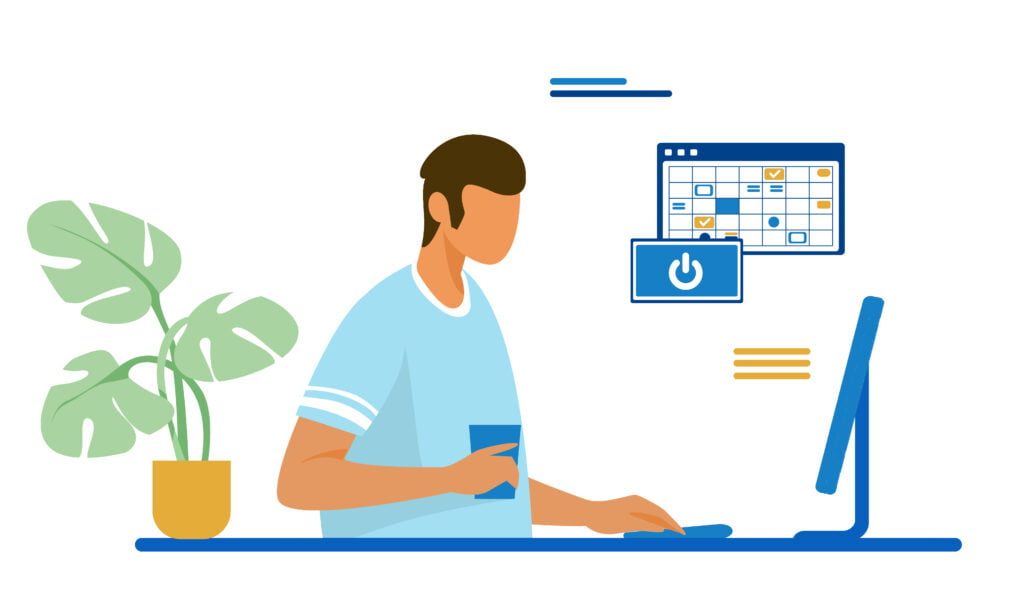Construction Equipment Financing Now
EquipmentLend provides Construction Equipment Financing with flexible options to accommodate the unique needs of your business. Each funding option offers valuable features that can help you accomplish your goals.
- Construction Equipment Financing from
$100,000 to $5,000,000
- Decision as fast as 24-48 hours and financing in as few as 5 days
- Term lengths from 12
months up to 10 years
Get Construction Equipment Financing made exclusively for the Construction Industry
Construction equipment financing refers to the process of obtaining funding or loans to acquire or lease machinery and equipment used in the construction industry. It provides construction companies and contractors with the necessary capital to purchase or lease equipment required for their projects, such as excavators, bulldozers, cranes, loaders, and concrete mixers.
- Equipment Loans: Construction companies can apply for loans specifically designed for purchasing construction equipment. These loans typically have a fixed interest rate and a specified repayment period. The equipment serves as collateral for the loan, which means that the lender may seize the equipment if the borrower fails to repay the loan as agreed.
- Equipment Leasing: Instead of purchasing equipment outright, businesses can choose to lease equipment. In a lease agreement, the business pays regular lease payments for a predetermined period, typically ranging from one to five years. At the end of the lease term, the business may have the option to purchase the equipment, extend the lease, or return the equipment to the leasing company.
- Equipment Rental: Construction equipment rental is another option for acquiring machinery on a short-term basis from a company that rents construction equipment on a limited basis. In this case, the construction company pays a rental fee for using the equipment for a specific period, without the long-term commitment of ownership.

Get a Construction Equipment Financing through
EquipmentLend to:
Construction contractors
Equipment distributors and rental companies
Highway and street construction
Site preparation and excavation
Concrete and asphalt
Bridge and tunnel construction
Sand and gravel production
Qualifications for Construction Equipment Financing – 24 to 48 Hour Approval
*Based on past EquipmentLend Customers





